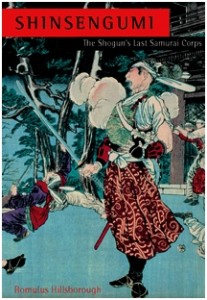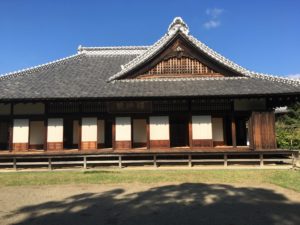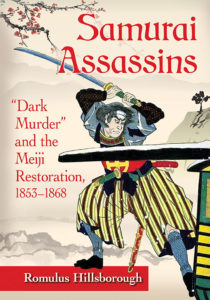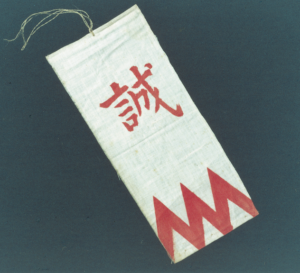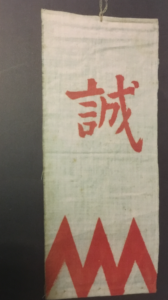
The founding members of the Shinsengumi stayed at the home of Yagi Gennojo in the village of Mibu, in the western outskirts of Kyoto. Despite their fearsome reputation, “They weren’t violent with the people in the neighborhood,” recalled Yagi’s son, Tamesaburo, years later. But from their “rowdy” mannerism, “the way they spoke and walked through the streets,” people were afraid of them. They set up headquarters at the Maekawa house across the street from the Yagi house. From headquarters they sent out “units of twenty men each, each man carrying a spear over his shoulder, to patrol Kyoto.” As for the much-touted uniform of blue linen jackets with white stripes on the sleeves, “Only about one or two men in ten wore it.” But “since it wasn’t such a nice uniform,” it gradually fell out of use.
The above statements from Yagi are reported by Shimozawa Kan, the iconic chronicler of Shinsengumi history and lore, who interviewed him “dozens of times” at his home in Mibu beginning in November 1928.
[The above photo of the original Miniature Shinsengumi Banner appears in my Shinsengumi: The Shogun’s Last Samurai Corps, courtesy of Hijikata Toshizo Museum.]

